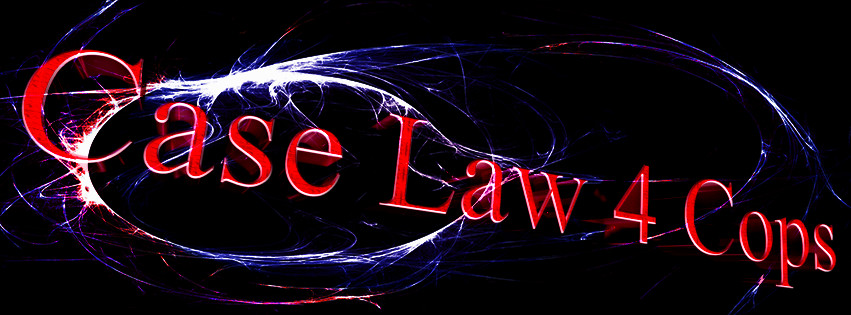The United States Supreme Court described Curtilage in the case US v. Dunn as that area which harbors the "intimate activity associated with the `sanctity of a man's home and the privacies of life.'" Curtilage is the area surrounding a home where occupants have a reasonable, but diminished expectation of privacy from government intrusion. There are no bright line rules establishing what is curtilage and what is not. There is also confusion as to when a police officer can enter into the curtilage without a warrant or consent. My hope is to give you a better understanding of these issues.
There is a valid and understandable reason why there are no bright line rules for curtilage. It is impossible to have a fixed set of rules that could encompass all the variables in precisely determining what is part of the curtilage. What the court should consider is the totality of the circumstances in making its decision. Also, even though there are no fixed rules the courts have established through common law, they have made enough rulings to give officers guidance in what to consider when faced with curtilage issues. The Court in the Dunn case said there are four factors that should be considered in determining whether an area in the curtilage should be afforded the same protections as the home. They are: (1) the proximity of the area to the home; (2) whether the area is within an enclosure surrounding the home; (3) the nature and uses to which the area is put; and (4) the steps taken by the resident to protect the area from observation by passersby. Police officers have to apply these factors, make a decision and hope that the court comes to the same conclusion.
Curtilage put simply is the area around a home where the occupants spend most of their home time living their day-to-day lives. This should include the front porch, driveway, front yard, the side yards, the backyard, the swimming pool, and any other area close to the house. The curtilage is also further determined by the means used by the occupants to guard their privacy. Did the occupants put up hedges, a fence, gates, or signs warning people to keep out? Distance from the home is also a factor. The further away the less likely the area would be in the curtilage.
Why curtilage is important to police is that people have an expectation of privacy in their curtilage. This means that a police officer may have to have a warrant, consent, or exigency before entering into it. As mentioned before in the opening a person’s expectation is, however, diminished. Depending on what the officer is intending to do, a warrant, consent, or exigency may be required, but it may not. There are some actions that an officer can take that do not require these things.
A police officer that is seeking evidence or engages in any other 4th Amendment search or seizure will most likely need to have consent, a warrant, or an exigency to enter into the curtilage. I say most likely because there may be times when this is not a requirement. If a person makes no attempt to prevent public access to the front door an officer can enter onto the curtilage and walk up to it. The front door is the main point of contact at most homes. Solicitors, mailmen, paperboys, visitors, etc. who want to make contact with a person in their home will go to the front door. This includes police. The paths the resident has to his door are also included; an unfenced front yard, a walkway, and the non-gated driveway may be traversed to get to the door.1Police are also permitted to view into the curtilage from areas they are lawfully permitted to be without violating the 4th Amendment protections of the curtilage. An officer can fly over the residence in an airplane or helicopter as long as he remains in public airspace.2He can also use binoculars to peer into the curtilage from a hilltop or use a spotlight.
When an officer is engaging in police functions other than seeking instrumentalities of criminal conduct, he may be permitted to enter onto the curtilage. Since the curtilage is the area where people exercise many of their home routines and conduct part of their home lives, they are often found in the curtilage and not in their homes. When an officer responses to a home on a call, he will normally go to the front door. If there is no answer, the officer is permitted to enter more private areas of the curtilage in an attempt to locate the occupants if the officer reasonably believes the occupants could be located there. This means that an officer, for example, on a noise complaint can enter into the backyard to ask the occupants there to turn their radio down.3 If ever an officer does enter into the curtilage of a residence and he is lawfully there, any evidence found in plain view, can be seized as evidence.
There has been no mention to this point on whether businesses have a curtilage. The answer is that businesses do not have a curtilage. Curtilage is strictly a concept pertaining to a person’s home. Businesses, however, do have an expectation of privacy in areas where they take measures to ensure that privacy.4 Police cannot enter into a fenced area to search a business’s trash dumpster, for example.
Police officers all know about curtilage, but many probably don’t fully understand what it is and how it affects their work. This article touches on the highlights of the curtilage issue and should give officers a foundation on which to determine what actions to take at a scene if curtilage may be a factor.
